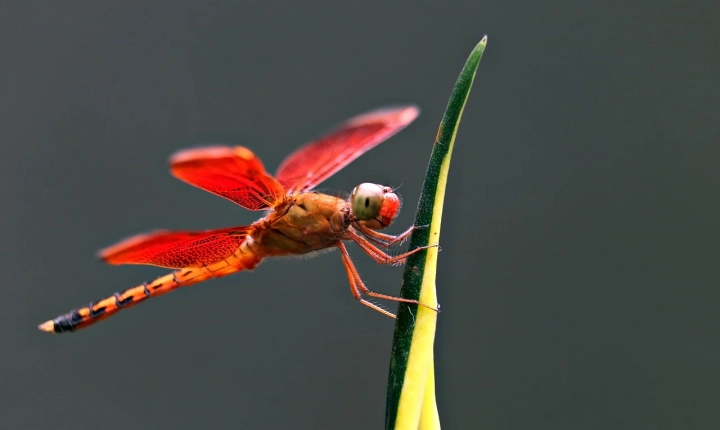Title: The Truth About AIS and Vaginal Development
Androgen Insensitivity Syndrome (AIS) is a complex intersex condition that affects the development of reproductive and sexual characteristics in individuals. One of the common misconceptions that surround AIS is the confusion surrounding whether people with AIS have a vagina. In this article, we aim to provide clarity on this matter and shed light on the experiences of individuals with AIS.
AIS is a genetic condition that affects the body’s response to male sex hormones (androgens). People with AIS are genetically male, typically having one X and one Y chromosome, but their bodies do not respond to androgens as expected. This results in a range of variations in sexual development, with individuals falling along a spectrum in terms of physical characteristics and internal reproductive organs.
One common aspect of AIS is the development of testes instead of ovaries, due to the body’s inability to respond to androgens. However, the development of the external genitalia and internal reproductive organs can vary significantly among individuals with AIS. While some individuals with AIS may have typical female external genitalia and a vagina, others may have differences in genital development that result in a range of anatomical variations.
The presence or absence of a vagina in individuals with AIS is dependent on their specific genetic and hormonal makeup, and the extent to which their bodies respond to androgens. It is important to note that AIS is not a binary condition, and there is considerable diversity in how it manifests in different individuals.
It’s crucial to approach discussions about AIS with sensitivity, empathy, and respect for the diverse experiences of individuals with this condition. Instead of making assumptions based on external appearances, it is essential to recognize and understand the internal complexities of intersex conditions such as AIS.
Furthermore, it is important to highlight that the presence or absence of a vagina does not define a person’s worth or identity. People with AIS, like all individuals, deserve to be treated with dignity and respect, and to have their experiences and needs acknowledged and validated.
In conclusion, the presence of a vagina in individuals with AIS is not uniform and can vary significantly based on their specific genetic and hormonal characteristics. It is essential to approach discussions about AIS with education, empathy, and a commitment to understanding the diverse experiences of people with intersex conditions. By fostering greater awareness and understanding, we can create a more inclusive and supportive society for individuals with AIS and other intersex conditions.
